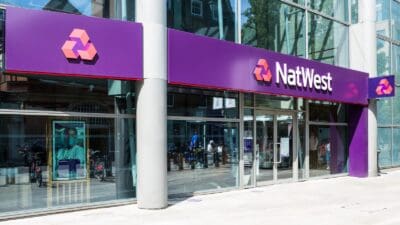Right now, HSBC (LSE: HSBA) is dangling two very juicy carrots under the noses of investors: a sector-leading dividend yield, and the prospect of strong capital gains when poor sentiment towards China and emerging markets turns positive again.
But should investors buy into HSBC’s double offer, or would it be a shrewder move to split an investment between Lloyds (LSE: LLOY), for the dividend, and Standard Chartered (LSE: STAN), for the capital gain.
Dividend
HSBC paid out 34.21p in dividends in 2015, giving a trailing yield of 7.6% at a share price of 450p. That’s head-and-shoulders above its rivals. Lloyds’ 2.25p payout gives a yield of 3.3% at 68.5p (or 4% if we include the 0.5p special dividend), while Standard Chartered, which paid no final dividend after a 9.4p interim payout, carries a yield of just 1.8%.
Should you invest £1,000 in AstraZeneca right now?
When investing expert Mark Rogers has a stock tip, it can pay to listen. After all, the flagship Motley Fool Share Advisor newsletter he has run for nearly a decade has provided thousands of paying members with top stock recommendations from the UK and US markets. And right now, Mark thinks there are 6 standout stocks that investors should consider buying. Want to see if AstraZeneca made the list?
When a yield is as high as HSBC’s, the market is pricing-in the risk of a cut. And indeed, the bank’s progressive dividend policy is beginning to look like it could be unsustainable.
HSBC’s earnings have been heading down, while the dividend has been rising. The payout ratio has gone from 45% to pushing 80% in the last five years. Furthermore, earnings forecasts from analysts at the more cautious end of the spectrum imply that if the current level of dividend is maintained, the payout ratio would breach 100% next year.
Forecast earnings numbers for Lloyds give the Black Horse a far more robust dividend outlook. A 50% payout ratio would produce a yield of 5.6% this year. To put that into context, if HSBC were to rebase to a 50% payout ratio, its yield would be 4.9%.
HSBC could still make an attractive investment on a rebased dividend, but I think Lloyds, with its more stable UK-focused business, and better balance between yield and security, is the stronger dividend candidate.
Capital gain
As Lloyds operates exclusively in a mature economy, with limited scope for increasing its market share, it lacks the potential for a high rate of annual earnings growth (and share price appreciation) over the long term. The dividend will be a big part of an investor’s return.
HSBC and Standard Chartered both have significant exposure to the world’s developing economies, and the opportunity to profit from these growth engines of the future. Of course, they will have to run their businesses well, if operating in countries and regions with superior GDP growth is to translate into superior earnings growth.
Again, I feel HSBC could be an attractive investment, but again it would not be my top play. The FTSE 100 giant is more than twice the size of Lloyds and Standard Chartered put together. All else being equal in terms of management quality, I see Standard Chartered as having the potential to grow faster than the already-gargantuan HSBC. In addition, for investors today, Standard Chartered is starting from a lower valuation base than HSBC: 0.6 times tangible net asset value versus 0.8 times.







